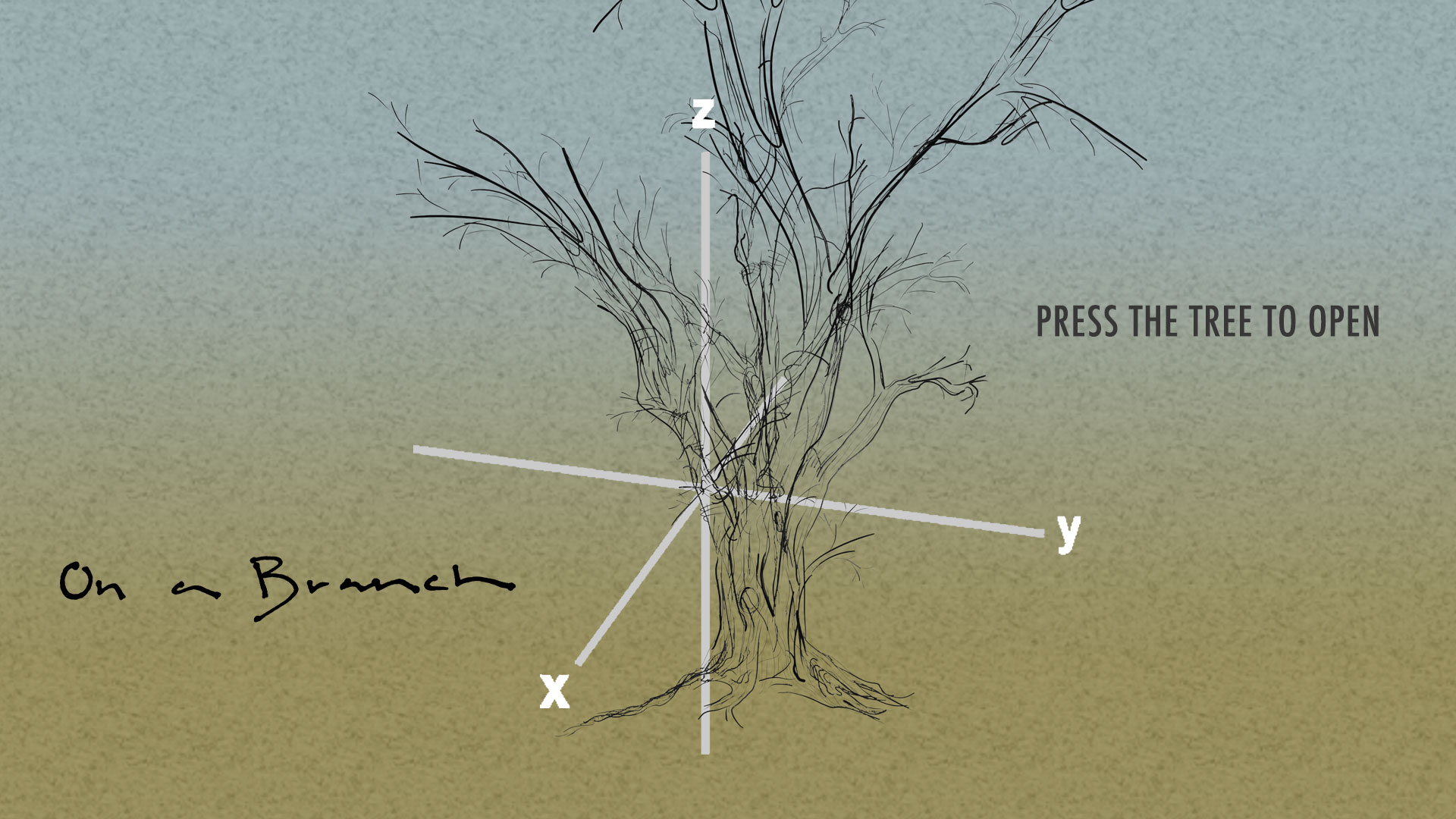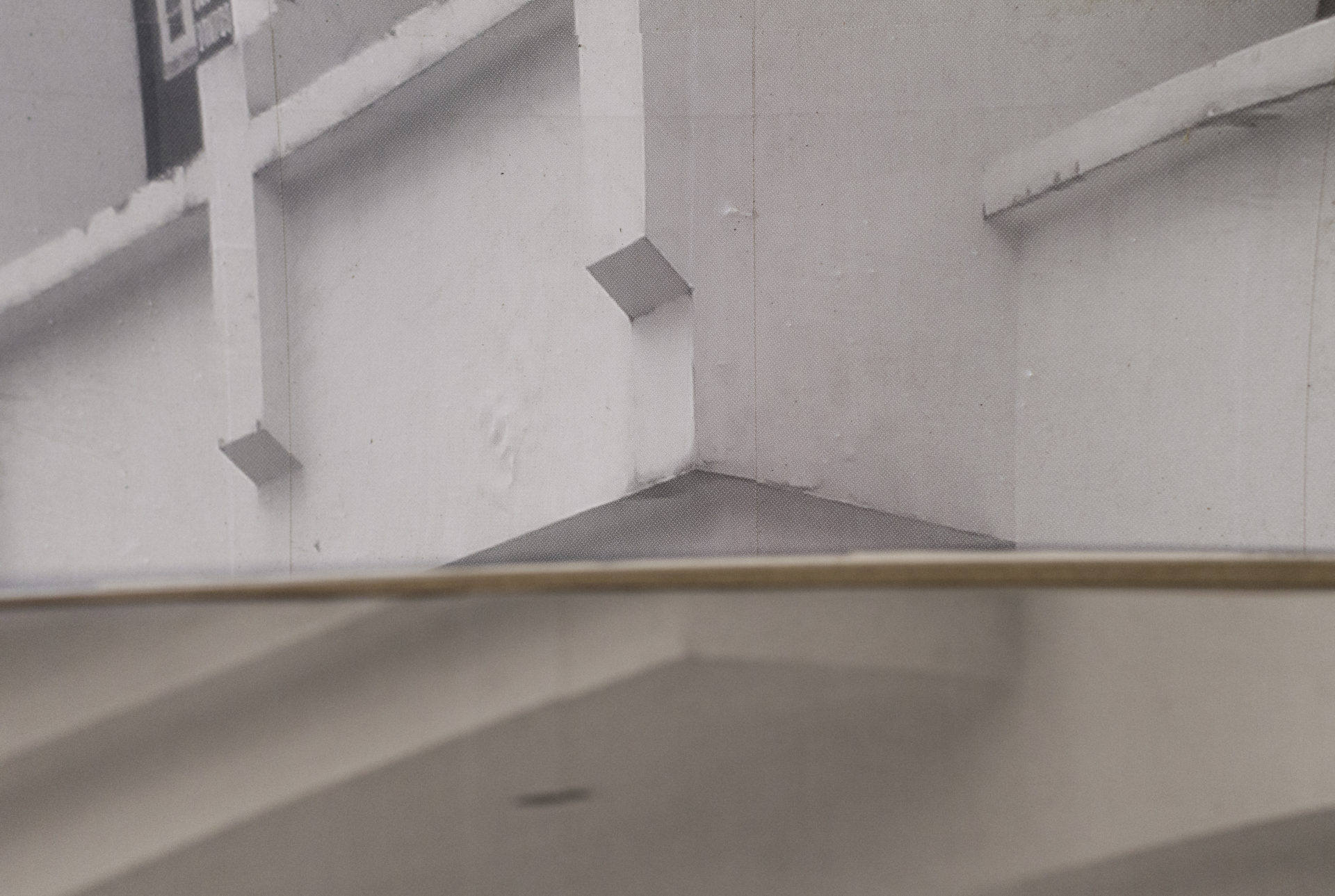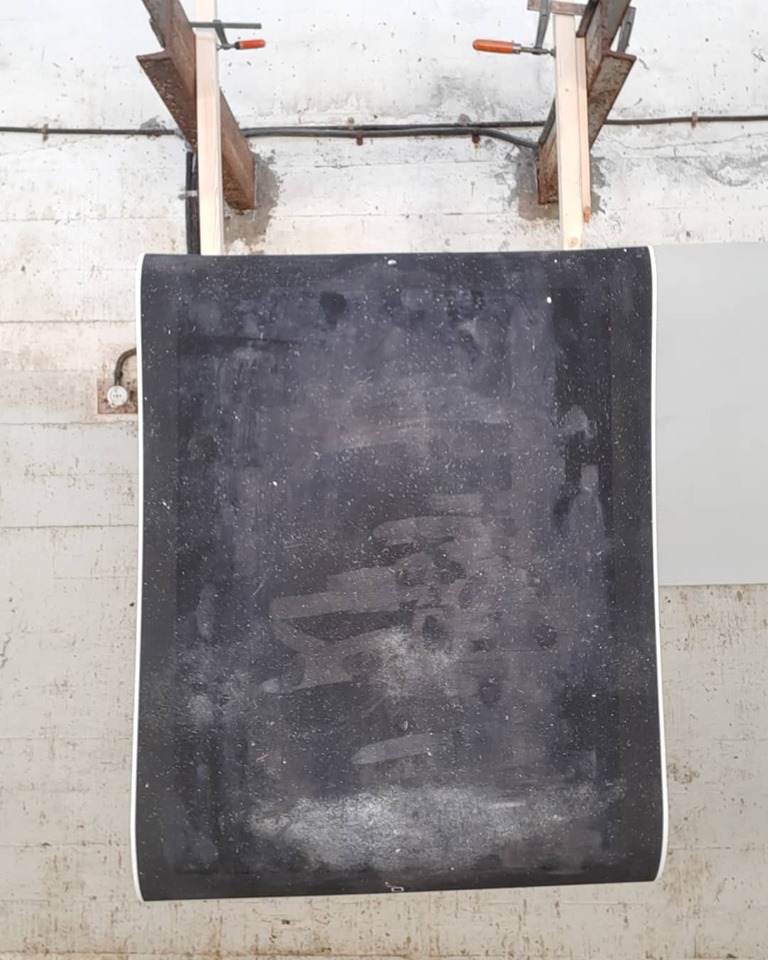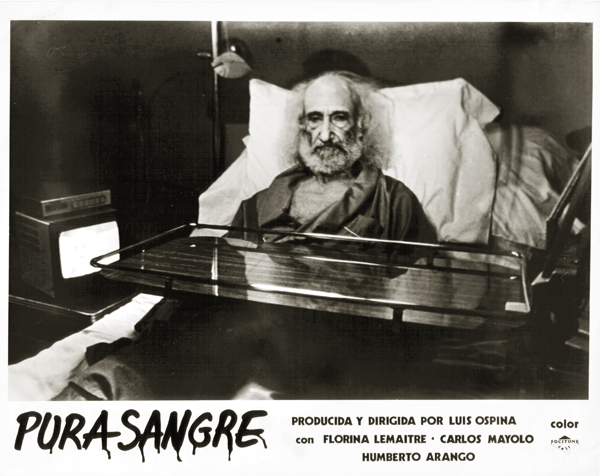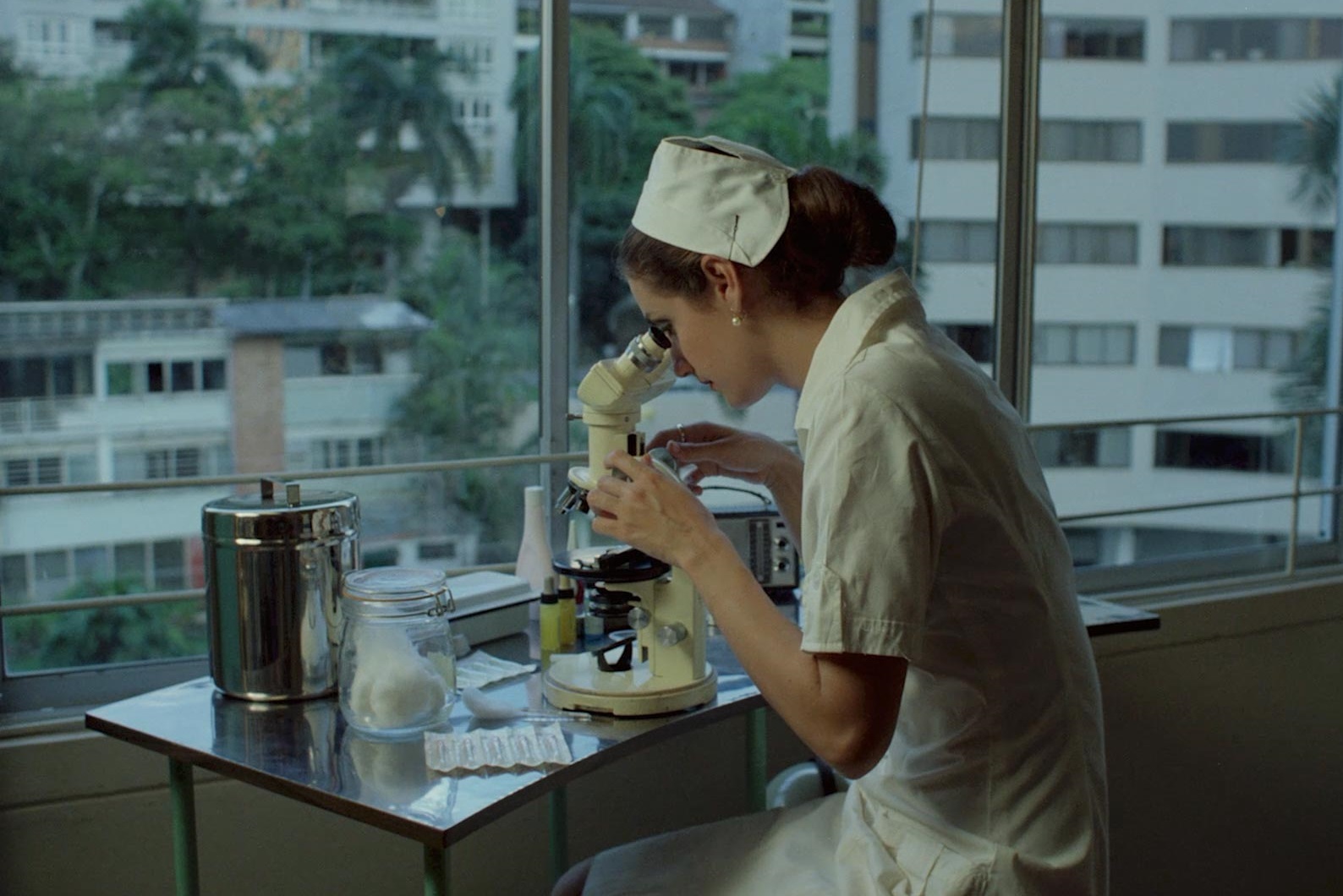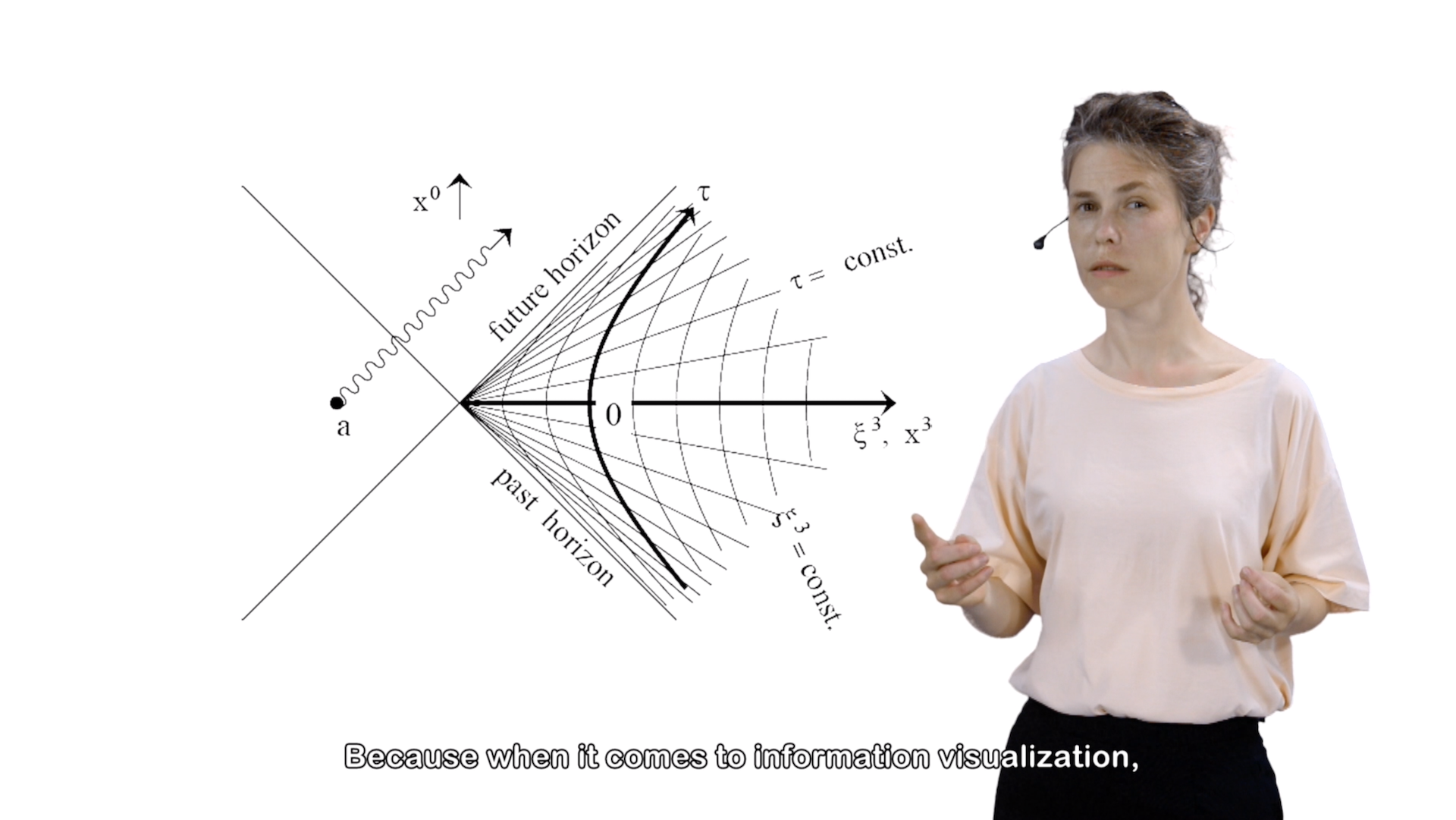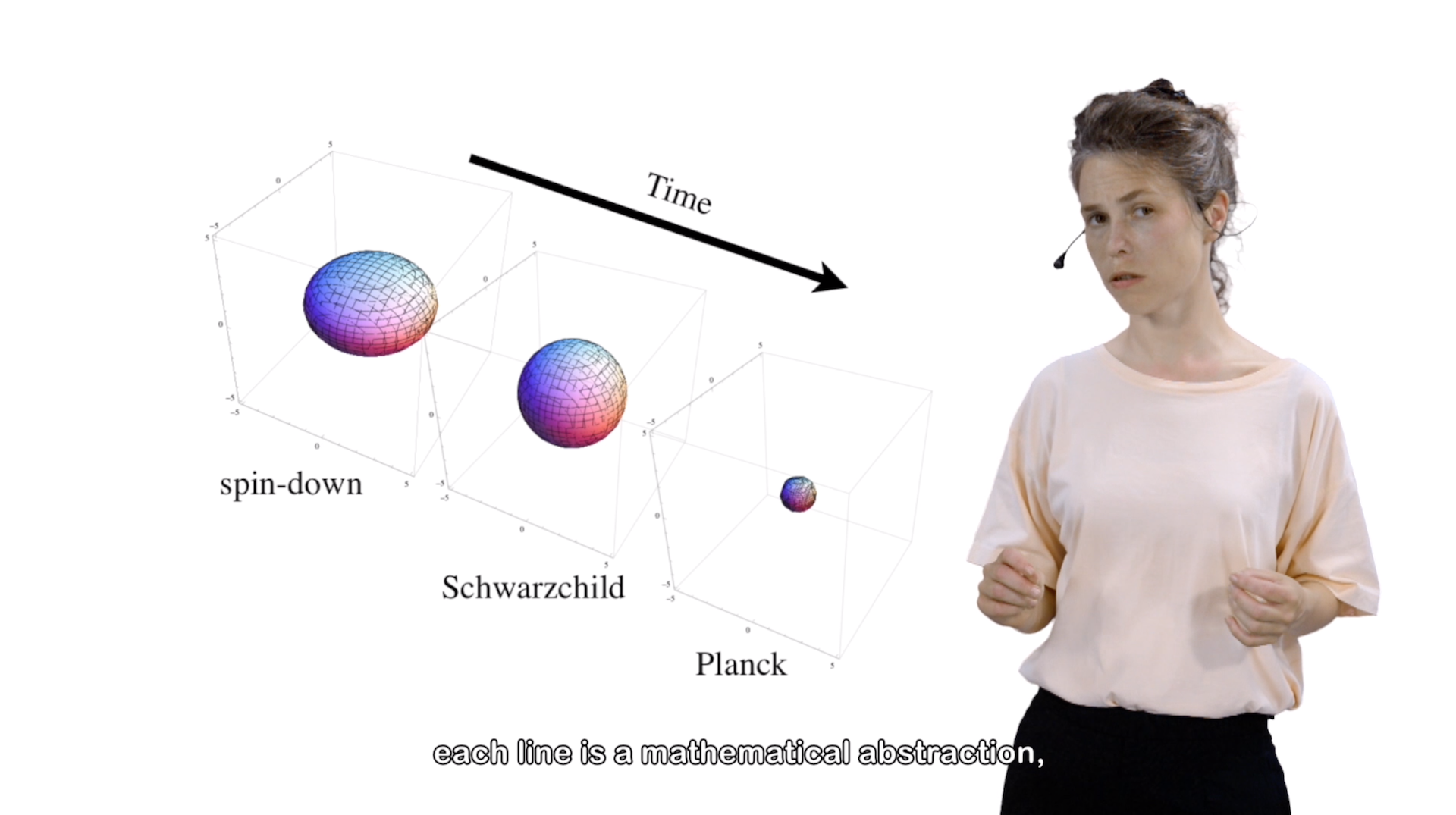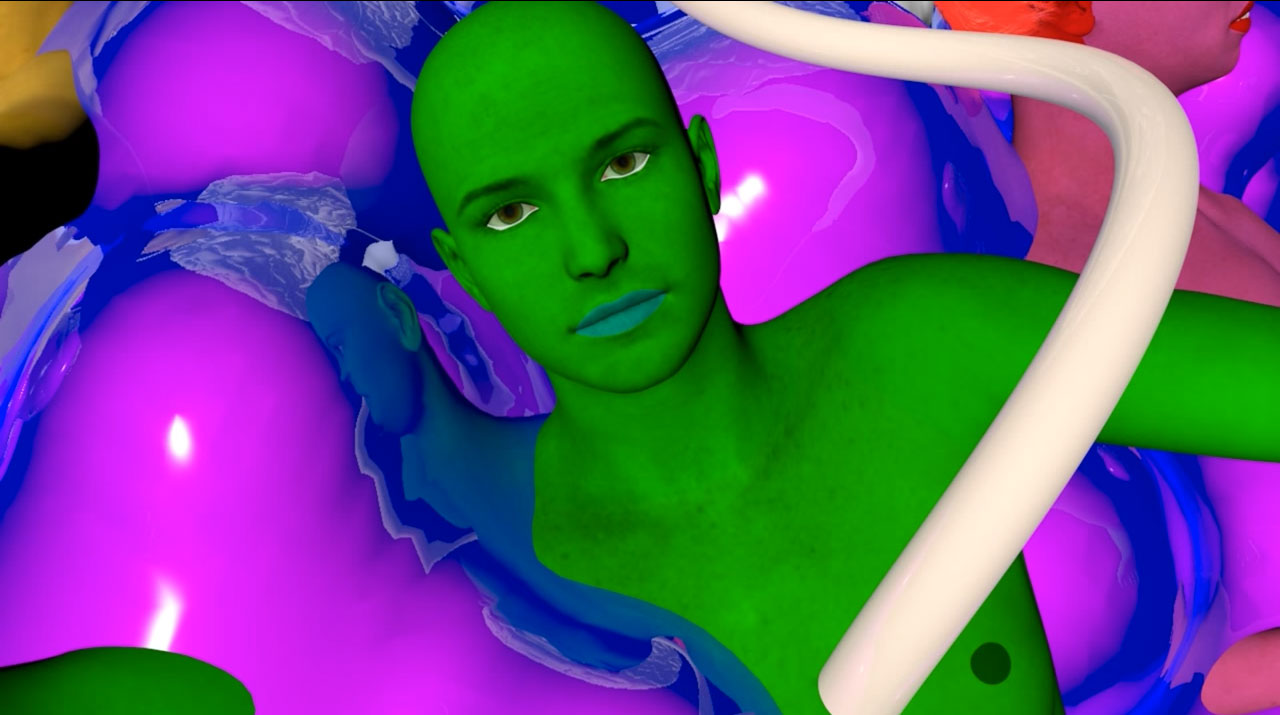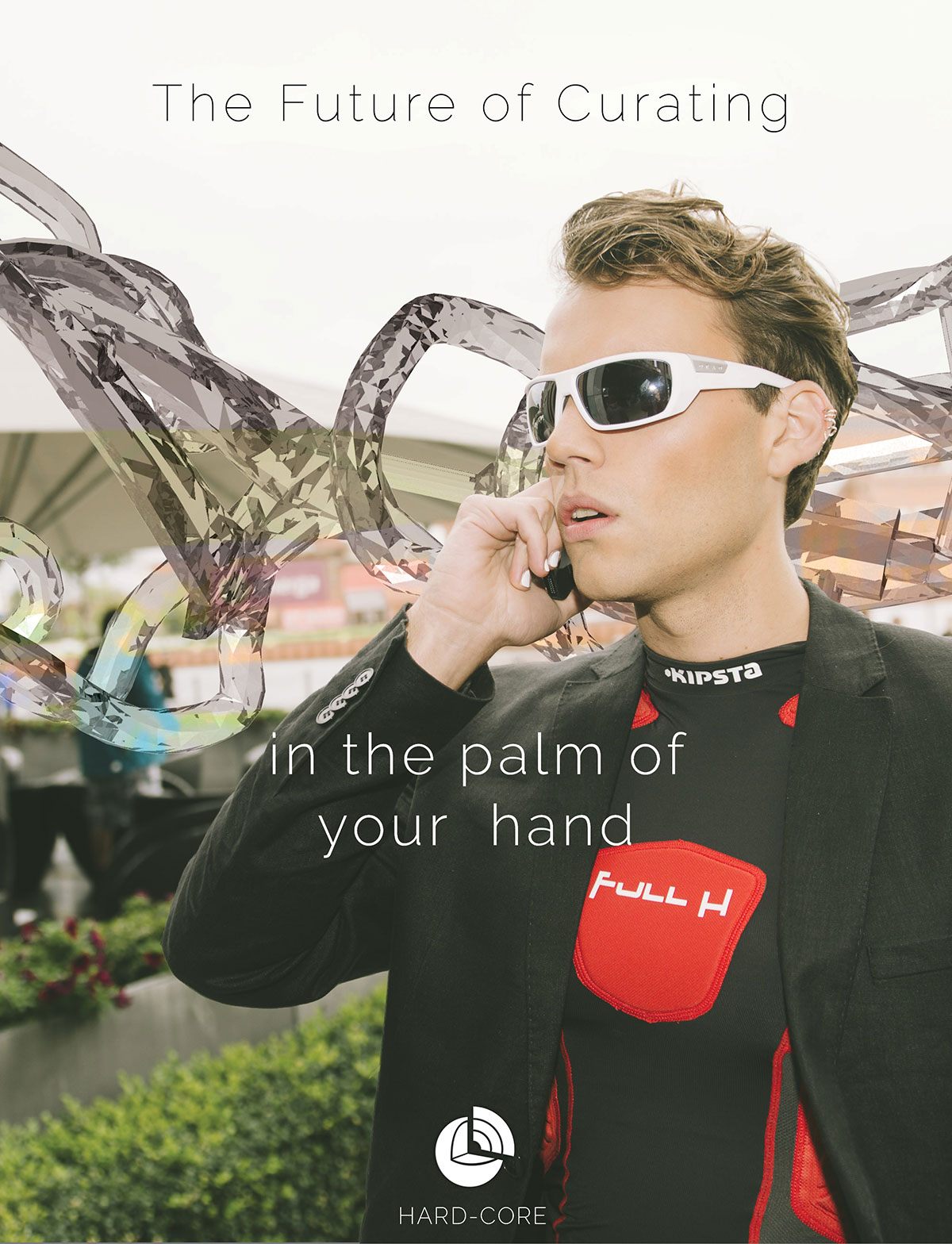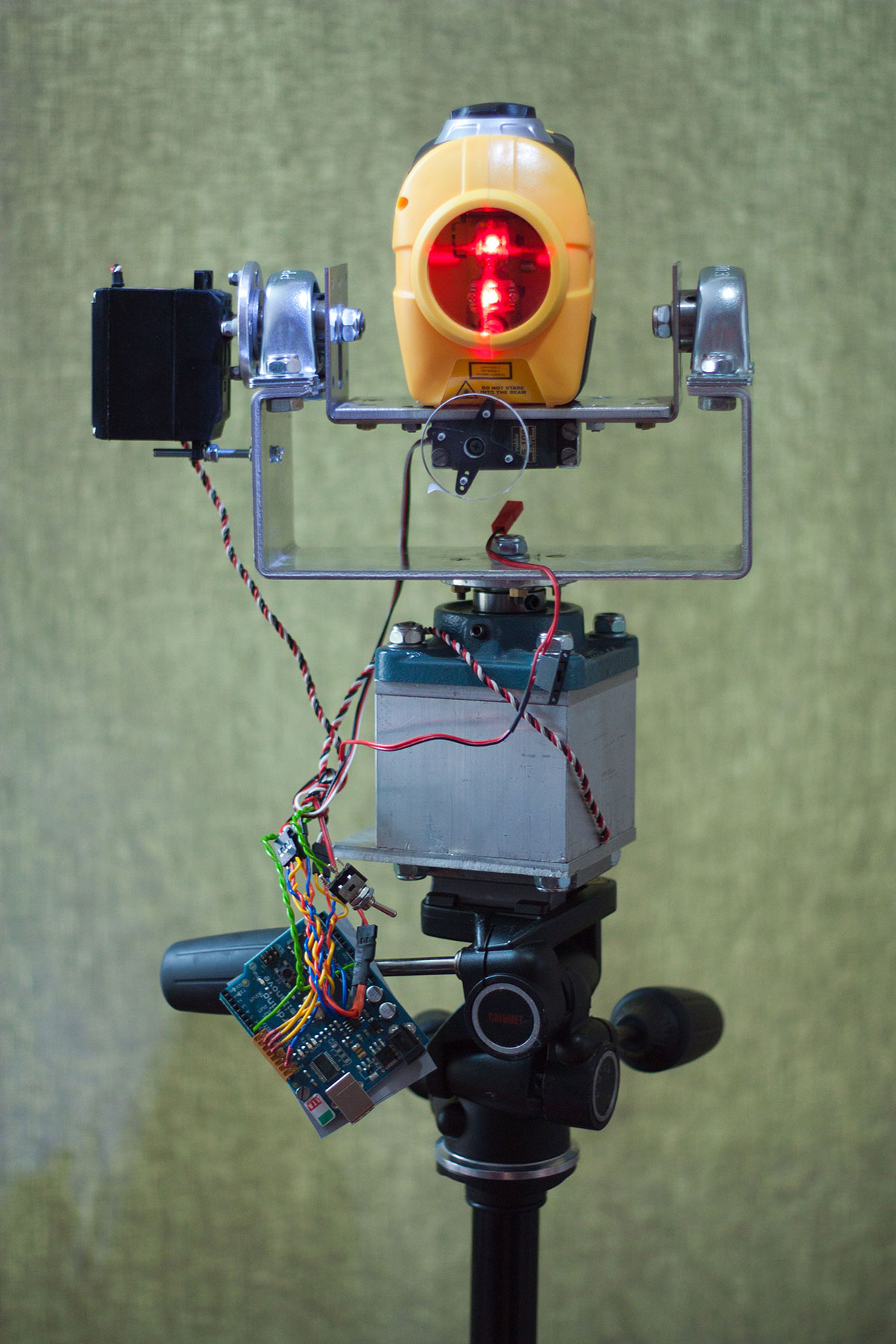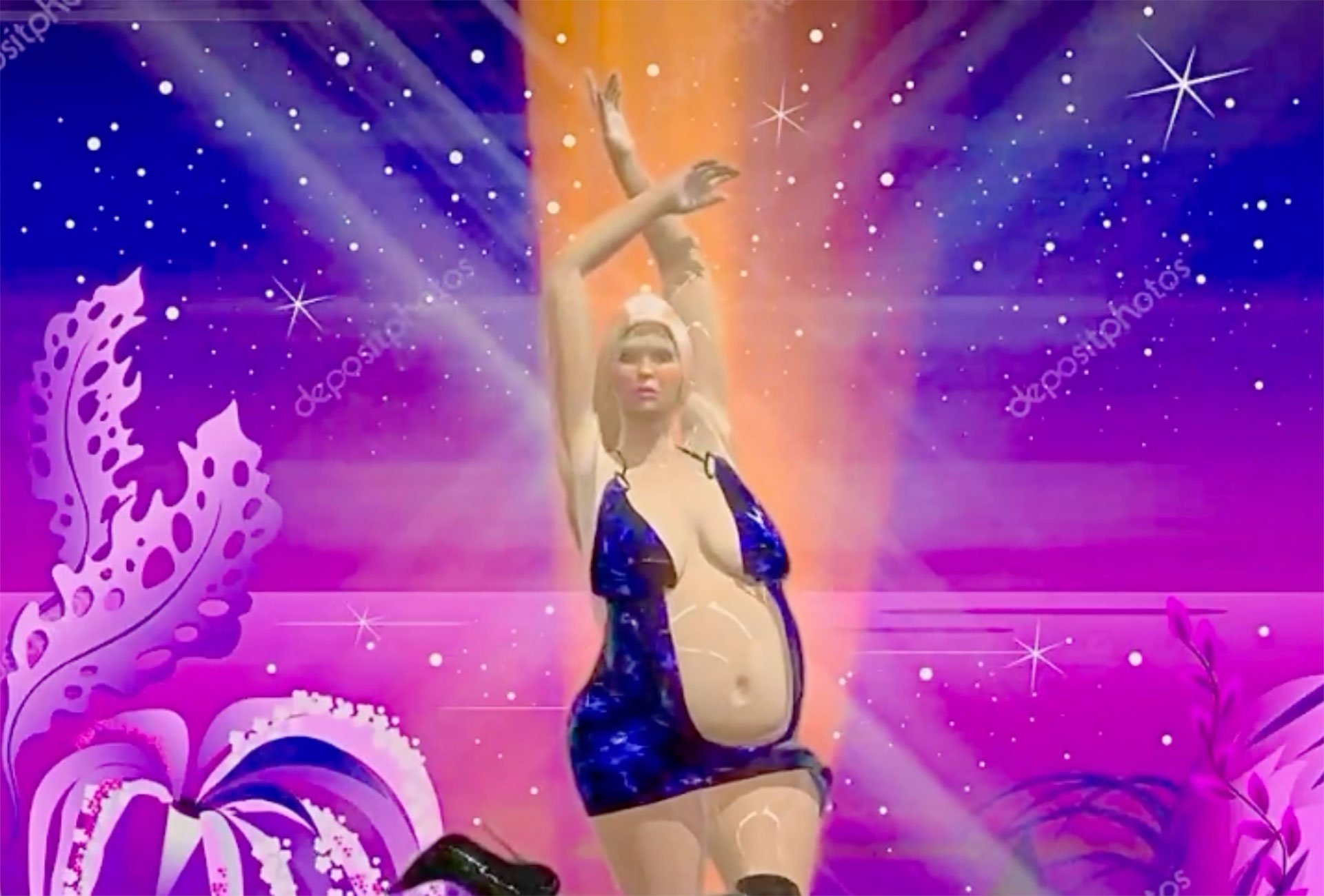
Digital Dynamics – Nýjar birtingarmyndir listarinnar

Digital Dynamics – Nýjar birtingarmyndir listarinnar
Sýningin Digital Dynamics – Nýjar birtingarmyndir listarinnar er haldin í tilefni að kynningu og útkomu bókarinnar Digital Dynamics in Nordic Contemporary Art, sem ritstýrt er af Tanya Toft Ag og gefin út af forlaginu Intellect Books. Margrét Elísabet Ólafsdóttir er höfundur kaflans „Visions and Divides in Icelandic Contemporarty Art“, en hún er jafnframt sýningarstjóri Nýrra birtingarmynda listarinnar. Sýningin og pallborðsumræður um sama efni, ber að líta á sem framhald af umfjöllunarefni kafla bókarinnar.
Á undanförnum áratugum hafa tölvur, forrit, stafrænar myndavélar fyrir ljósmyndir og hreyfimyndir, ásamt Internetinu breytt því hvernig listamenn skapa og setja fram verk sín. Á allra síðustu árum hafa samfélagsmiðlar opnað nýjan vettvang fyrir sýningu verka og víðtækari dreifingu en frumkvöðlar netlistarinnar gat nokkurntíma dreymt um. Kynslóðir listamanna sem hafa alist upp með lyklaborð og leikjatölvur sem framlengingu af fingurgómunum, líta á sýndarveruleikann sem eðlilegt framhald af efnislegu rými.
Þau sjá tölvuleiki, sjónræn samskiptaforrit, vettvang skyndiskilaboða og persónulegar vefsíður sem opin rými fyrir útgáfu og kynningu á verkum sínum. Internetið hefur einnig gert listasöguna samstundis aðgengilega í gegnum myndir af listaverkum frá öllum tíma, sem afmáir sögulegar tímalínur og stigveldi milli áhugafólks og atvinnumanna. Á árdaga Internetsins var litið á það sem útópískt rými sem fljótlega umbreyttist í dystópískan suðupott að því er virtist merkingarlausra upplýsinga, sjálfhverfra auglýsinga, pólítísks áróðurs, almenns eftirlits og efnahagslegra róreiðu.
Engu að síður hefur anarkískt netkerfi hins dystópíska Internets varðveitt rými fyrir frelsi einstaklings, pólitískan aktívisma og gagn-menningarleg mótmæli. Sem stafræn hraðbraut er Internetið netkerfi sem greiðir fyrir flæði kóðara upplýsinga og hluta. Sem kóði er netið tæki og tungumáli, á meðal annarra tæknilegra tóla sem eru orðin hluti af verkfærakassa listamannsins. Netið er geymsluhólf fyrir margskonar viðfangsefni, sem hafa veitt ímyndarafli listamanna samtímans innblástur, og gefið verkum þeirra merkingu á undanförnum árum.
Listamennirnir sem eiga verk á vefsýningunni Nýjar birtingarmyndir listarinnar (e. Arts New Representations) hafi allir sótt innblástur á Internetið og efnisveitur þess. Ólík frumkvöðlum netlistarinnar eru þeir ekki uppteknir af því að vefa verk sinn í netið, heldur vinna þeir með vídeó, fundnar myndir, hljóð, vísindagögn, forrit, þrívíðar hreyfimyndir og skönnun, sem hægt er að greypa inn á ólíkar vefsíður eins og gert er á þessari sýningu.
Innihald verkanna snýr að efni eins og líkamsímynd, félagslegri stöðu, óöryggi, ótta, sambandi manns og náttúru, vísindagögnum og óhlutbundnu myndmáli. Verkin eru ljóðræn, pólitísk, húmorísk og vekja til djúprar ígrundunar á sama tíma og þau fara yfir mæri og leggja til nýjar birtingarmyndir listarinnar. Þátttakendur í sýningunni Nýjar birtingarmyndir listarinnar eru Sæmundur Þór Helgason, Anna Fríða Jónsdóttir, Hákon Bragason, Ágústa Ýr Guðmundsdóttir og Haraldur Karlsson.
Samhliða sýningunni verður sýnd upptaka af pallborðsumræðum, þar sem annar hópur ungra listamanna ræðir afstöðu sína til stafrænnar tækni og áhrif hinna stafrænu og síðstafrænu tíma á eigin listsköpun. Þátttakendur í pallborðinu eru Geirþrúður Finnbogadóttir Hjörvar, Auður Lóa Guðnadóttir, Fritz Hendrik Berndsen og Freyja Eilíf.
Viðburðirnir eru styrktir af Nordic Culture Fund og Nordic Culture Point sem hluti af Digital Dynmics: New Ways of Art . Þeir eru skipulagðir í samvinnu við Artzine og Tanya Toft Ag.
Sjá nánar á vefsíðunni: digitaldynamics.art
Um listamennina sem eiga verk á sýningunni
Sæmundur Thor Helgason (f. 1986) starfar í Reykjavík, London og Amsterdam. Hann er einn af stofnendum HARD-CORE, félags sem frá árinu 2011 hefur unnið að þróun aðferðar við sýningarstjórnun sem byggir á algóritma ásamt því að reka netgalleríið Cosmos Carl. Árið 2017 stofnaði hann Félag Borgara (e. Fellowship of Citizens), sem hefur það markmarkmið að berjast fyrir borgaralaunum á Íslandi.
Hann starfar nú sem gestalistamaður hjá Rikjsakademie van Beeldende Kunsten í Amsterdam þar sem hann vinnur að verkum tengdum markmiðum Félags Borgara. Á Artzine sýnir Sæmundur Þór stiklu fyrir vídeóverkið Working Dead (2020), þar sem við sögu kemur kemur magagrófsþrýstibeltið Solar Plexus Pressure Belt™. Það er hannað af Sæmundi Thor í samstarfi við tískuhönnuðinn Agötu Mickiewicz og Gabríel Markan, sem gerði lógóið. Beltið hefur þann eiginleika að draga úr kvíða eins og þeim sem fjárhagsáhyggjur geta valdið. Vefsíða: saemundurthorhelgason.com
WORKING DEAD (2020) official trailer from Saemundur Thor Helgason on Vimeo.
Anna Fríða Jónsdóttir (f. 1984) starfar í Reykjavík og hefur sýnt verk sín bæði hér á landi og í. New York, Vín, Lichtenstein og Hong Kong. Verkið Thought Interpreter fjallar um það hvernig við skynjum áhrif frá öðru fólki og hvernig við tengjumst öðrum án þess að geta skýrt út hvernig.
Verkið stendur fyrir öll litlu skilaboðin sem við tökum við frá öðrum manneskjum í okkar daglega lífi, og hvernig við skynjum þessi skilaboð og söfnum þeim saman í eigin líkama. Verkið tengist einnig rannsóknum á því hvernig tilfinningar og merking geta haft áhrif á gerð vatnsmólekúla og hvernig við sem manneskjur tökum við og sendum frá okkur þessar tilfinningar. Anna Fríða er með BA próf í myndlist frá Listaháskóla Íslands og MA próf í List vísindum frá Universität für die Angewandte Kunst í Vín. Vefsíða: annafrida.com
Ágústa Ýr Guðmundsdóttir (f. 1994) er búsett í London og starfar þar og í New York. Hún vinnur við gerð þrívíddar hreyfimynda fyrir hljómsveitir og tískuhönnuði en gerir einnig eigin myndbönd sem hún birtir á Instagram síðu sinni undir nafninu iceicebaby. Verk Ágústu Ýr fjalla um samfélagsmiðla, sjálfsmyndir og klámvæðingu og hvernig sjálfsöryggi getur unnið gegn staðalímyndum. Ágústa Ýr tók þátt í viðburðinum Waiting for the Tsunami (The New Circus) með Alterazioni Video við opnun sýningarinnar Time, Forward í V-A-C Foundation á Feneyjartvíæringnum 2019. Hún er útskrifuð frá School of Visual Arts í New York. Vefsíða: agustayr.com
Hákon Bragason (f. 1993) starfar í Reykjavík. Hann vinnur verk sín í sýndarveruleikarými sem áhorfendur ganga inn í með þrívíddargleraugum. Hákon sýnir verkið On a Branch þar sem hann skoðar nærveru fólks innan þrívíðs netrýmis. Ekki verður hægt að eiga í venjulegum samskiptum inni í rýminu og fær fólk aðeins að vita af nærveru annarra í gegnum fjölda laufblaða sem birtast á tré í miðju rýmisins. Verkið spyr spurninga um samskipti, tengsl og samskiptaleysi. Hákon hefur verið virkur í starfi listahópsins RASK collective frá því hann útskrifaðist með BA gráðu í myndlist frá Listaháskóla Íslands vorið 2019. Vefsíða: raskcollective.com/artists/hakon.html
Haraldur Karlsson (f. 1967) er búsettur í Osló og Reykjavík. Hann hefur sérhæft sig í gerð tilraunakenndra vídExit Visual Buildereóverka á síðustu tuttugu árum. Nýjustu verk hans byggja á segulómmyndum af heila og hjarta sem hann kannar á listrænum forsendum. Haraldur hefur lengi fengist við að blanda vídeómyndir á lifandi tónleikum og í streymi. Hann ætlar að streyma beinum videósnúningi á Facebook laugardaginn 13 júní kl. 21, sem síðan verður aðgengilegur á Artzine. Haraldur stundaði nám við fjöltæknideild Myndlista- og handíðaskóla Íslands, og við vídeólistadeild AKI (Academy of Arts and Industry) í Enschede, Holland, auk þess sem hann lagði stund á hljóðfræði og skynjarafræði (sonology) við Konunglega tónlistarskólann á The Hague (The Royale Conservatoire of the Hague). Vefsíða: haraldur.net
Pallborðsumræður
Upplýsingar um þáttakendur fyrir neðan.
Geirþrúður Finnbogadóttir Hjörvar (f. 1977) býr og starfar í Reykjavík. Verk hennar fjalla um merkingu fylksins (e. matrix) frá sjónarhóli upprunlegra goðsagna og nútíma stafrænnar tækni. Fylkið ber að skilja sem hnitakerfi raunveruleikans sem einstaklingar ferðast um. Geirþrúður skoðar einnig staðfræði í innsetningum sínum og í gegnum myndefni sem hún viðar að sér úr opnum aðgangi á netinu. Hún stundaði nám við Listaháskóla Íslands, École nationale supèrieure des Beaux-Arts í París og við Konsthögskolan í Malmö.
Freyja Eilíf (f. 1986) býr og starfar í Reykjavík. Í verkum sínum framkallar hún myndir frá leiðslum inn af ólíkum vitundarsviðum og notar eigin hugbúnað sem verkfæri til að skoða ýmis óvissufræði. Hún innur verk í blandaða miðla og skapar uppsetningar staðbundið inn í hvert rými til að skapa samhljóm við þá skynjun sem hún fæst við herju sinni. Listræn rannsókn Freyju er innblásin af póst-iterneti og póst-húmanísma í listum, hugvísindum og dulvídinalegum fræðum. Freyja Eilíf útskrifaðist með BA gráðu frá Listaháskóla Íslands árið 2014. Hún stofnaði og rak Ekkisens Art Space á árunum 2014-2019 og rekur nú Museum of Perceptive Art.
Auður Lóa Guðnadóttir (f. 1993) býr og starfar í Reykjavík. Verk hennar byggja á goðsögum, bæði fornum og nýjum sem hún setur fram sem myndrænar frásagnir í litlum skúlptúr sem vísa í skrautstyttur. Myndheimur hennar er að mestu sóttur á Internetið sem hún notar sem uppsprettu verka sinna. Auður Lóa er með BA gráðu frá Listaháskóla Íslands og hefur verið virk í íslensku listalífi undanfarin. Hún hlaut Hvatningarverðlaun Myndlistarráðs árið 2018.
Fritz Hendrik Berndsen eða Fritz Hendrik IV (f. 1993) býr og starfar í Reykjavík. Hann hefur áhuga á bæði meðvituðum og ómeðvituðum sviðsetningum í lífi, list og menningu. Í verkum sínum kannar hann þessi viðfangsefni í gegnum ólíkar skáldaðar frásagnir, t.d. í samstarfi við ímyndaða Fræðimanninn (e. The Scholar) sem er sérfræðingur í að horfa á heiminn í gegnum „Gráu slæðuna“ eins og hann kallar það, um leið og hann afhjúpar gráar og ljóðrænar hliðar lífsins. Verk Fritz Hendriks eru innsetningar, málverk, skúlptúrar, ljósmyndir og vídeó. Hann er með BA gráðu frá Listaháskóla Íslands, og starfaði í átta mánuði hjá Studio Egill Sæbjörnsson í Berlín fyrir Feneyjartvíæringinn 2017.
Margrét Elísabet Ólafsdóttir sýningarstjóri
Aðalmynd/video með frétt er eftir Ágústu Ýr Guðmundsdóttur

